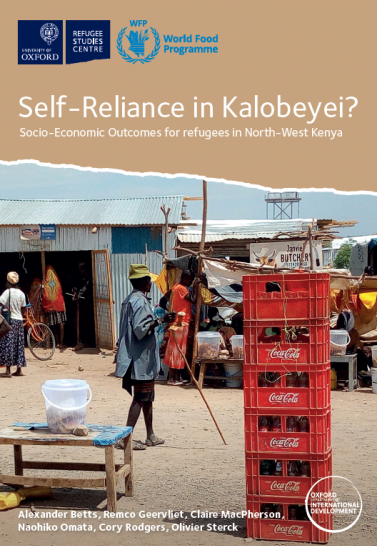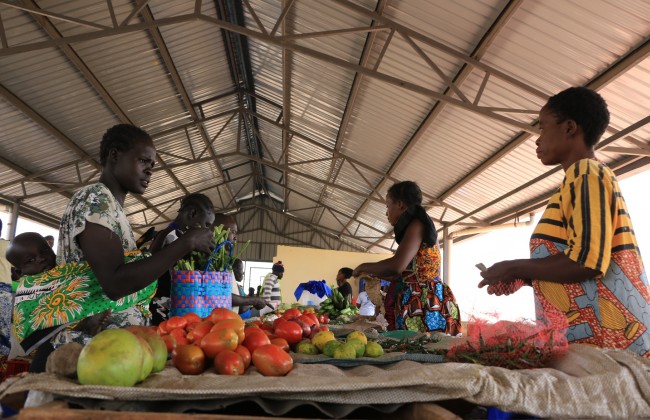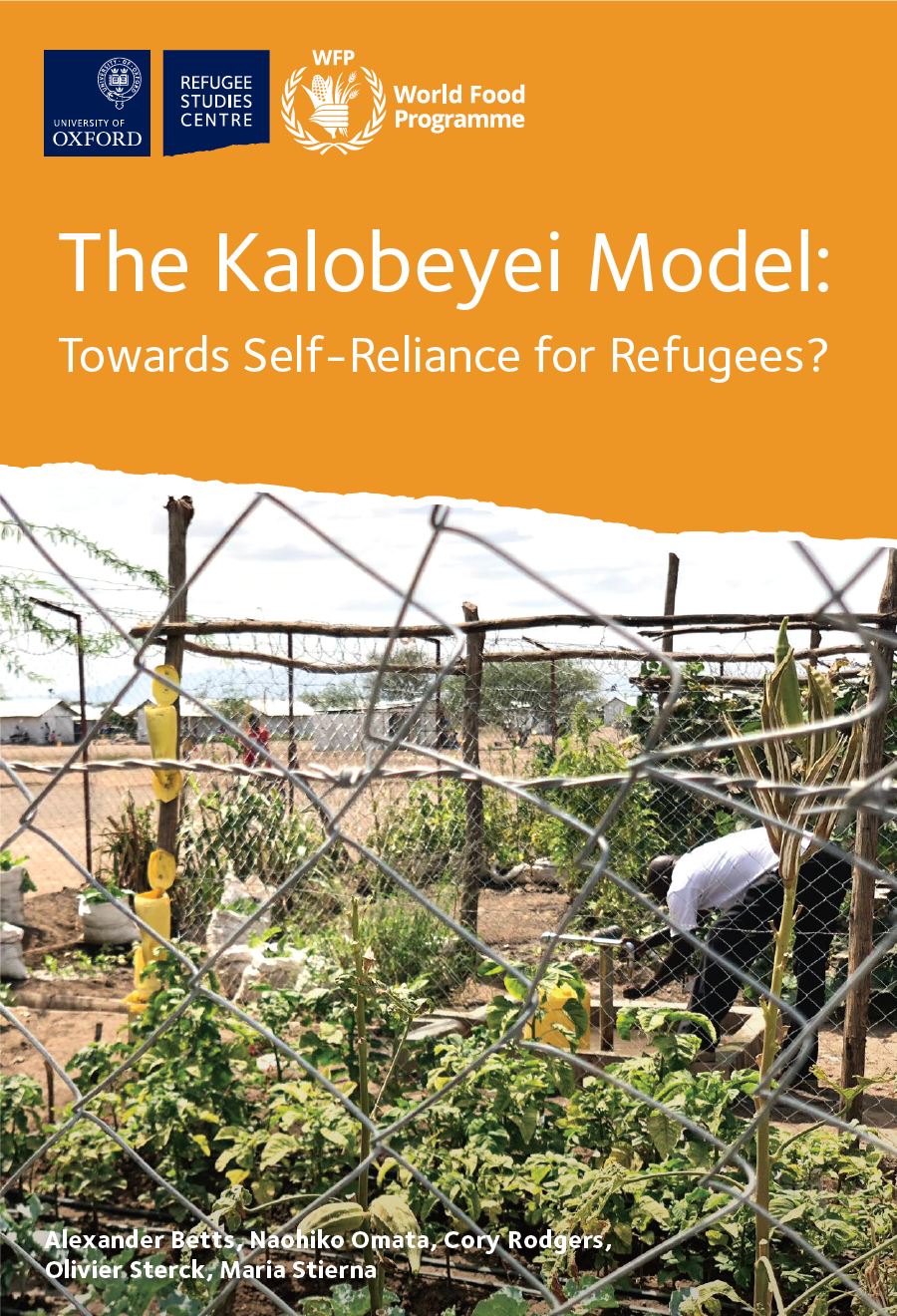The report compares outcomes for recently arrived South Sudanese refugees in 'old' Kakuma and 'new' Kalobeyei.
Kenya hosts almost half a million refugees, most of whom have arrived from Somalia, with others arriving from South Sudan, Ethiopia, DRC, Burundi, and Sudan. Historically, most of the refugees have been concentrated in three main locations: the Dadaab camps, the Kakuma camps, and Nairobi. Conceived in 2015 by UNHCR and the regional government, the Kalobeyei settlement (30km from Kakuma) aimed to take pressure off the Kakuma camps and to transition refugee assistance from an aid-based model to a self-reliance model, offering opportunities for economic inclusion with the host community. However, the unexpected arrival of large numbers of South Sudanese refugees required a need for greater flexibility in the implementation of this model, and emergency assistance was made available. Given that recently arrived South Sudanese refugees have been allocated to both Kalobeyei (self-reliance model) and Kakuma (aid model), this offers a unique opportunity to compare outcomes for refugees across the two contexts.
Drawing upon data collected from the first of three waves of surveys, the report aims to compare the self-reliance and the socio-economic indicators of recent arrivals living in the Kalobeyei settlement and the Kakuma camp by examining three central questions. First, how can we measure self-reliance for new arrivals in both contexts? Second, to what extent is self-reliance greater in the new Kalobeyei settlement compared with the old Kakuma camp? Third, how can self-reliance be enhanced in such a difficult environment?





